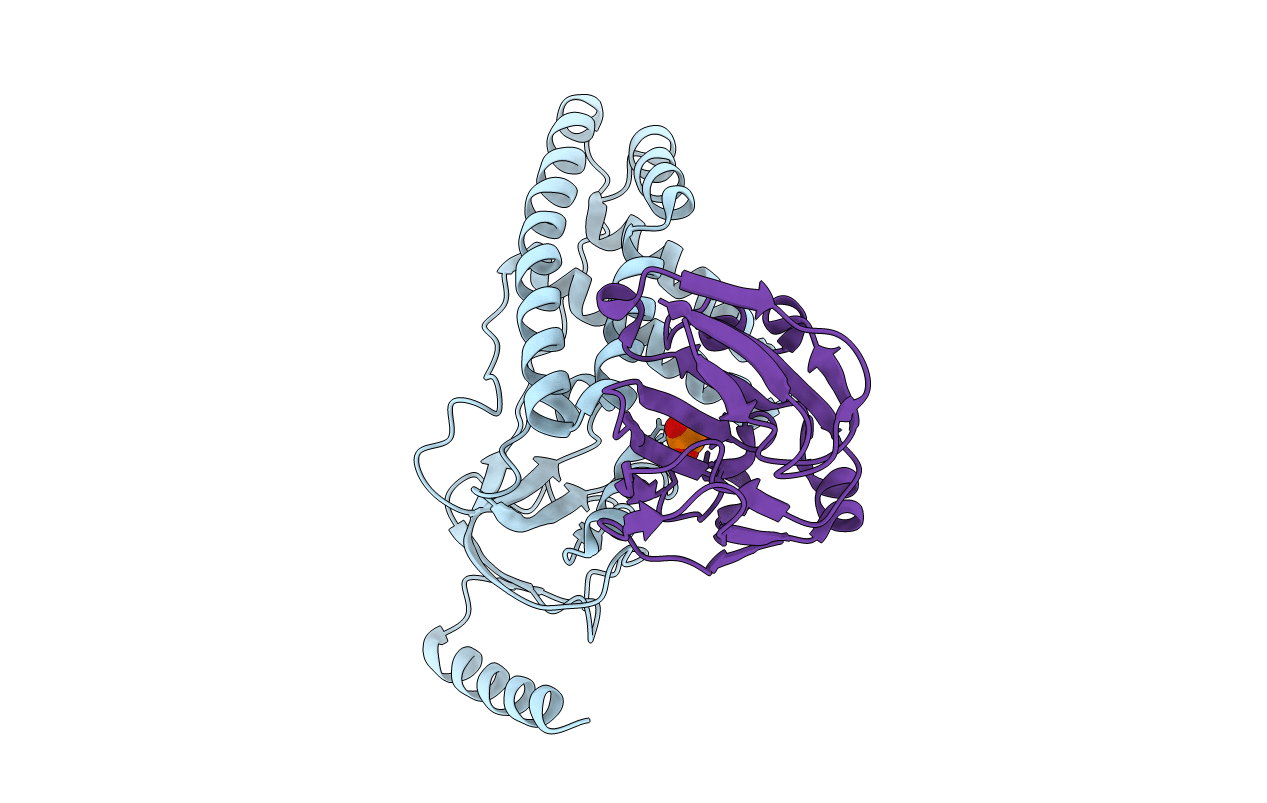
Deposition Date
2014-05-08
Release Date
2014-08-20
Last Version Date
2024-05-01
Method Details:
Experimental Method:
Conformers Calculated:
90
Conformers Submitted:
1
Selection Criteria:
structures with the least restraint violations


